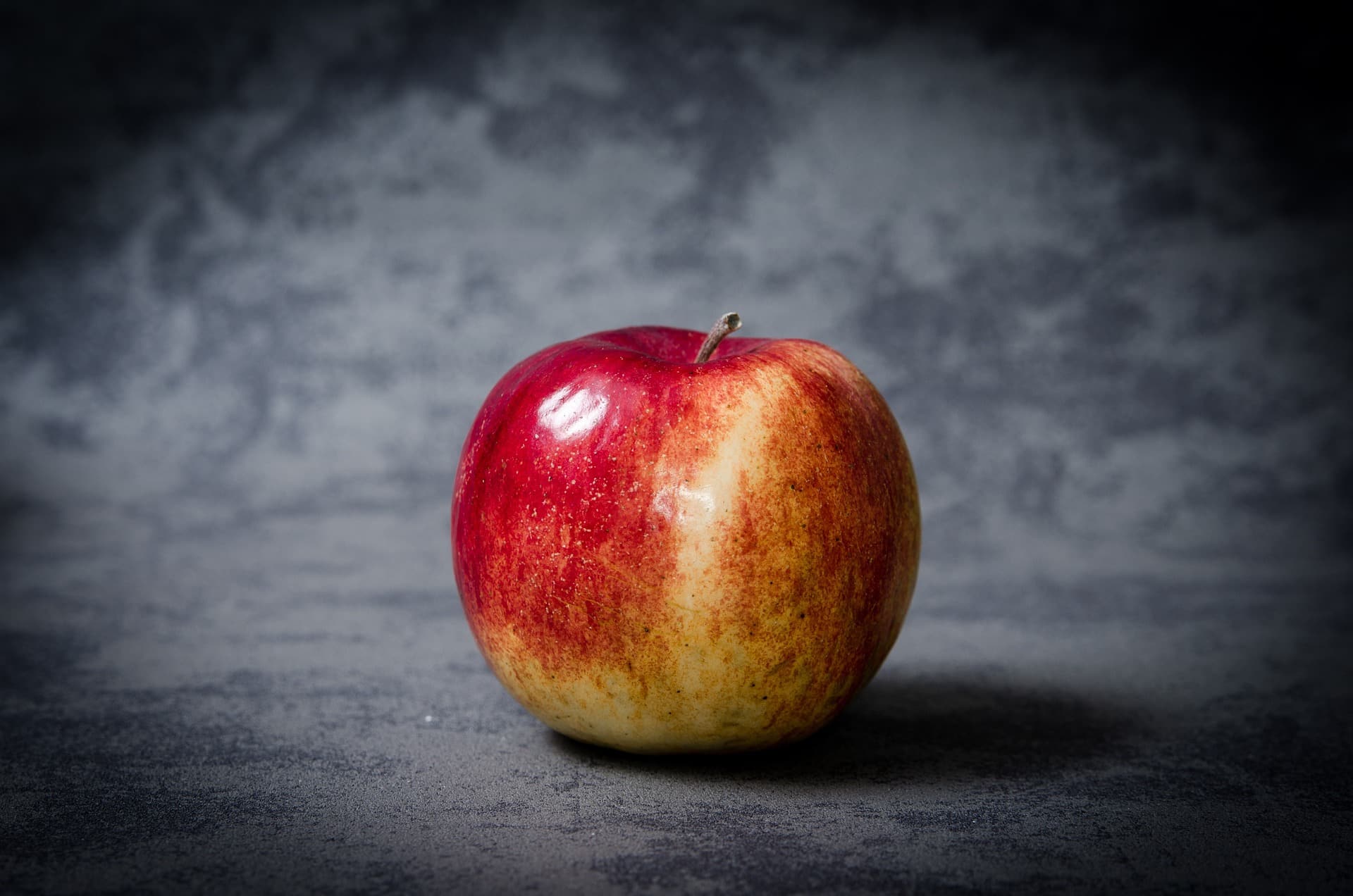It isn’t often that I find myself in agreement with those gallant knights at the Environmental Working Group in the U.S. who are on a quest to rid the environment of those nasty chemicals that lurk in our sunscreens, cosmetics, cleaning agents, and of course, in our food. But I’ll ride along when they urge the public to eat more fruits and vegetables, even conventionally grown ones, acknowledging that the health benefits outweigh any risk posed by pesticide residues. Call me a cynic, but I think the reason that EWG’s annual press releases alerting us to the “most pesticide contaminated fruits and vegetables” lead off with this bit of sound advice is to help deflect any accusations of fearmongering. But “fear-mongering” is an apt description of EWG’s list of the “Dirty Dozen” fruits and vegetables.
While the list is of very questionable scientific merit, it is undoubtedly an effective fundraiser. I have the dubious pleasure of being on the receiving end of EWG’s frequent solicitations for donations: “It’s important to us,” they say, “to be able to continue to provide you with this cutting-edge research and easy-to-use consumer guide. Give just $10 today and we will send you EWG’s exclusive shopping notepad featuring our Clean 15 and Dirty Dozen lists as a special thank you.” I’m not sure that mining a U.S. Department of Agriculture database constitutes “cutting edge research,” and I’m even less sure of the usefulness of the consumer guide that is generated by cherry-picking the impressive amount of data the USDA has collected.
EWG claims that it is not out to scare the public, that it only strives to alert consumers as to which fruits and vegetables harbor the most pesticide residues and should therefore, if possible, be purchased in their organic versions. That may be the stated motive, but I suspect EWG is not averse to the donations reaped by the wide publicity the Dirty Dozen list generates.
The Dirty Dozen varies somewhat year to year, but apples are a mainstay. As a result, I’m accustomed to fielding questions along the lines of: “Is it true that children should not be given apples?” “Why are apple growers allowed to profit from illness?” “How many apples can be safely eaten in a week?” Curious, since apples are generally associated with health. After all, an apple a day is supposed to keep the doctor away. So how do apples end up on EWG’s worst offenders list? With some ingenious “apple-picking” of the data.
The United States Department of Agriculture runs a “Pesticide Data Program” that randomly tests a large variety of fruits and vegetables every year for pesticide residues. Samples are purchased across the country and tested for residues of the close to 200 pesticides that are registered for use. The last year for which data is available for apples is 2016 when 531 samples were analysed.
Here is a headline, a la EWG, that can be devised to reflect the findings. “Ninety-seven percent of apples sampled were found to contain pesticide residues with some being contaminated by as many as 12 different pesticides.” That sounds pretty scary, especially when one considers that pesticides are designed to cause harm to living things. But let’s keep in mind that the presence of a residue does not equate to the presence of risk. The question that needs to be asked is how many of the residues detected were in excess of the Environmental Protection Agency’s carefully established maximum tolerance level? These tolerance levels are not random guesses, they are based on determining the maximum dose that causes no observed adverse effects (NOAEL) in animals, and then building in a hundred-fold safety margin for humans.
So, how many of the 531 samples had a residue of any pesticide that exceeded the EPA’s tolerance level? None! Zero! The most widely detected residue, found in 80% of samples was diphenylamine, used as an antioxidant to prevent “apple scald,” brown spots that form when alpha-farnesene, a naturally occurring compound in apple skin is oxidized upon removal of the fruit from cold storage. The EPA’s tolerance for diphenylamine is 10 parts per million. The mean of the amount detected in the sampled apples at 0.28 ppm was 1/35th of the tolerance level, which has a hundred-fold safety factor built-in!
What about a cumulative effect? Like the samples that had 12 different residues. Only 2 of the 531 samples had 12 residues and none of these were detected at more than 10 per cent of the tolerance level. That isn’t exactly a blood-curling statistic, is it? But nevertheless, the EWG’s “Dirty Dozen,” may scare people away from eating apples. The fact is that there is absolutely no need to worry about eating them, conventional or organic, which incidentally can also have residues of a number of pesticides allowed in organic agriculture. An apple a day may not keep the doctor away, but a dose of perspective about pesticide residues will keep the Environmental Working Group’s fearmongering at bay.
Editor’s Note: This piece originally appeared on our sister publication’s website, European Seed.











